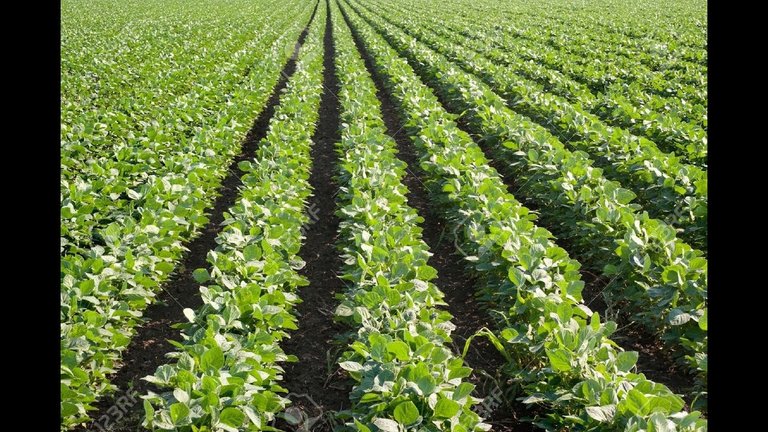ABOVE IS MY BEANS IN THE FARM.
Taking care of and controlling pests and diseases in a bean farm is essential to ensure a healthy and productive crop. Here are steps you can follow:
Soil Preparation:
Start by preparing the soil before planting. Beans prefer well-drained soil with good organic matter content. Conduct a soil test to determine any nutrient deficiencies and amend the soil accordingly.Variety Selection:
Choose bean varieties that are well-suited to your local climate and soil conditions. Different varieties have varying resistance to pests and diseases.Planting:
Follow recommended spacing and planting depth for your chosen bean variety.
Plant beans in rows or raised beds to improve air circulation and reduce disease risk.
Use high-quality, disease-free seeds.Watering:
Maintain consistent soil moisture by providing adequate water. Beans require regular, even watering, especially during dry periods.Mulching:
Apply organic mulch around bean plants to help conserve moisture, control weeds, and reduce soil-borne diseases.Fertilization:
Apply balanced fertilizers according to soil test recommendations and the growth stage of the beans. Avoid excessive nitrogen, which can lead to excessive vegetative growth and susceptibility to diseases.Pest Control:
Monitor your bean plants regularly for signs of pests such as aphids, bean beetles, and spider mites.
Use organic or chemical pesticides as needed, following manufacturer instructions and local regulations.
Encourage natural predators like ladybugs and parasitic wasps to help control pests.Disease Control:
Watch for signs of common bean diseases like rust, powdery mildew, and bacterial blight.
Rotate crops to prevent soil-borne diseases.
Apply fungicides or bactericides if necessary, but always follow label instructions.Support Structures:
Provide support for climbing bean varieties using trellises, stakes, or other suitable structures. This helps keep the plants off the ground, reducing the risk of disease.Harvesting:
Harvest beans when they are mature but before they become overripe. This depends on the variety, but generally, beans are ready when they snap easily.
Harvest regularly to encourage continuous production and prevent over ripening.Crop Rotation:
- After harvesting, consider rotating beans with other crops in subsequent seasons to break the cycle of pests and diseases.
Record Keeping:
Keep a record of your planting dates, varieties used, pest and disease issues, and treatments applied. This information will help you make informed decisions in future seasons.Proper Storage:
Store harvested beans in a cool, dry place to prevent post-harvest diseases and pests.Sustainable Practices:
Consider implementing sustainable farming practices such as cover cropping, integrated pest management (IPM), and organic farming methods to minimize the need for chemical inputs.Conti nuous Learning:
Stay informed about the latest developments in bean farming, pest and disease management, and agricultural best practices through workshops, agricultural extension services, and online resources.
By following these steps, you can take good care of your beans farm and effectively control pests and diseases to maximize your bean crop yield and quality.
 )
)
Thank you for the hints!
Welcome